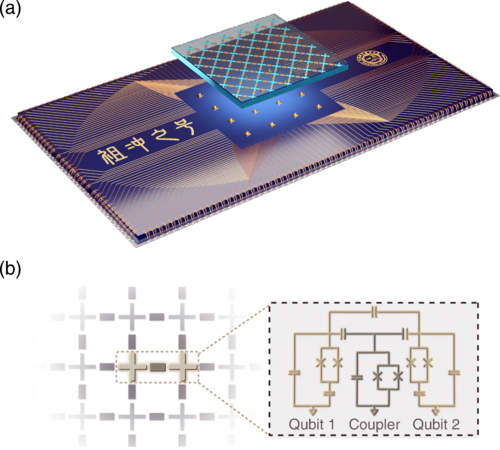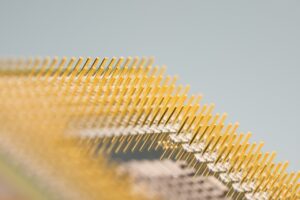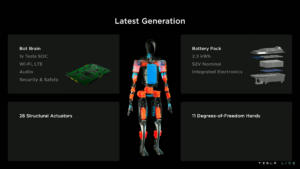
Hefei (China) Chinese researchers from the University of Science and Technology of China (USTC) have made a breakthrough in superconducting quantum computing and photonics quantum computing technology. The scientists, headed by the quantum physicist Pan Jianwei, designed a 66-qubit programmable superconducting quantum computing system and gave it the name “Zuchongzhi 2.1,” after the Chinese astronomer, mathematician and inventor Zu Chongzhi who was most notable for calculating pi as between 3.1415926 and 3.1415927, a record in accuracy which would not be surpassed for 800 years. Quantum computing is considered as a key technology for the future of computer systems as they go far beyond the binary codes of conventional processors.
“At present, we’re still at a very initial stage of quantum computing, and it’s too early to predict the prospects of the technology’s future application. But it can at least improve our computing capabilities and helps scientific research in a number of fields, such as drug design, molecular simulation and code breaking,” said Lu Chaoyang, professor from the USTC.
The new system is reportedly 10 million times faster than the worlds fastest supercomputer and its calculation complexity is more than 1 million times higher than Google’s Sycamore processor. This marks the first time that China has successfully reached “quantum advantage” in a quantum computing system and is also the first time that any nation has achieved a supercomputer advantage using two different routes. The term “quantum advantage” is a scientific concept that states that a quantum computer can operate beyond the capability of a non-quantum system or classical computers.
In December 2020 the Chinese researchers have also built a new light-based quantum computer prototype called “Jiuzhang 2.0”. It can implement large-scale Gaussian boson sampling (GBS) about 1 septillion times faster than any other supercomputer currently available.
Yuan said that the number of detected photons for “Jiuzhang 2.0” increased to 113 from the previous 76 when the quantum computer prototype “Jiuzhang” first came out, which was a major technical breakthrough, as the difficulty increases exponentially with each additional detected photon.
The quantum study has been published online in the journal Physical Review Letters – DOI: https://doi.org/10.1103/PhysRevLett.127.180501






